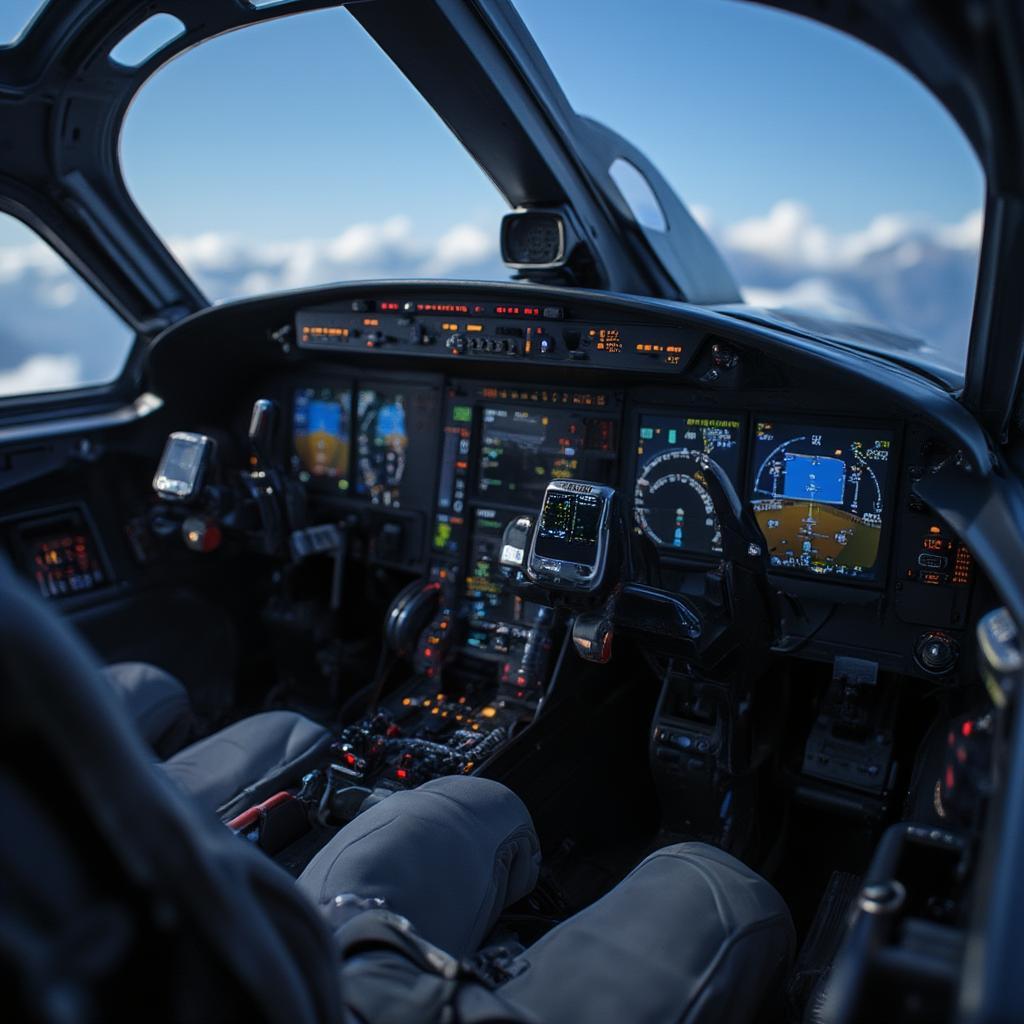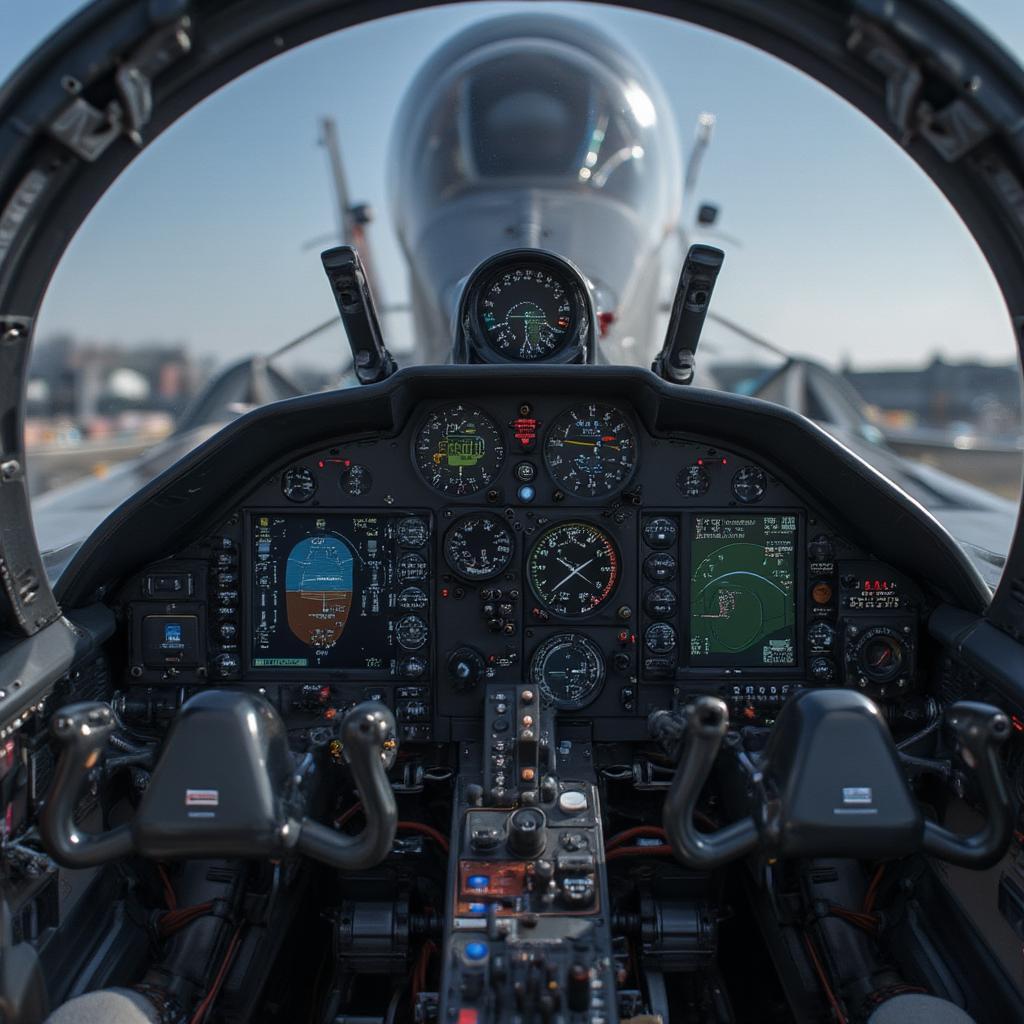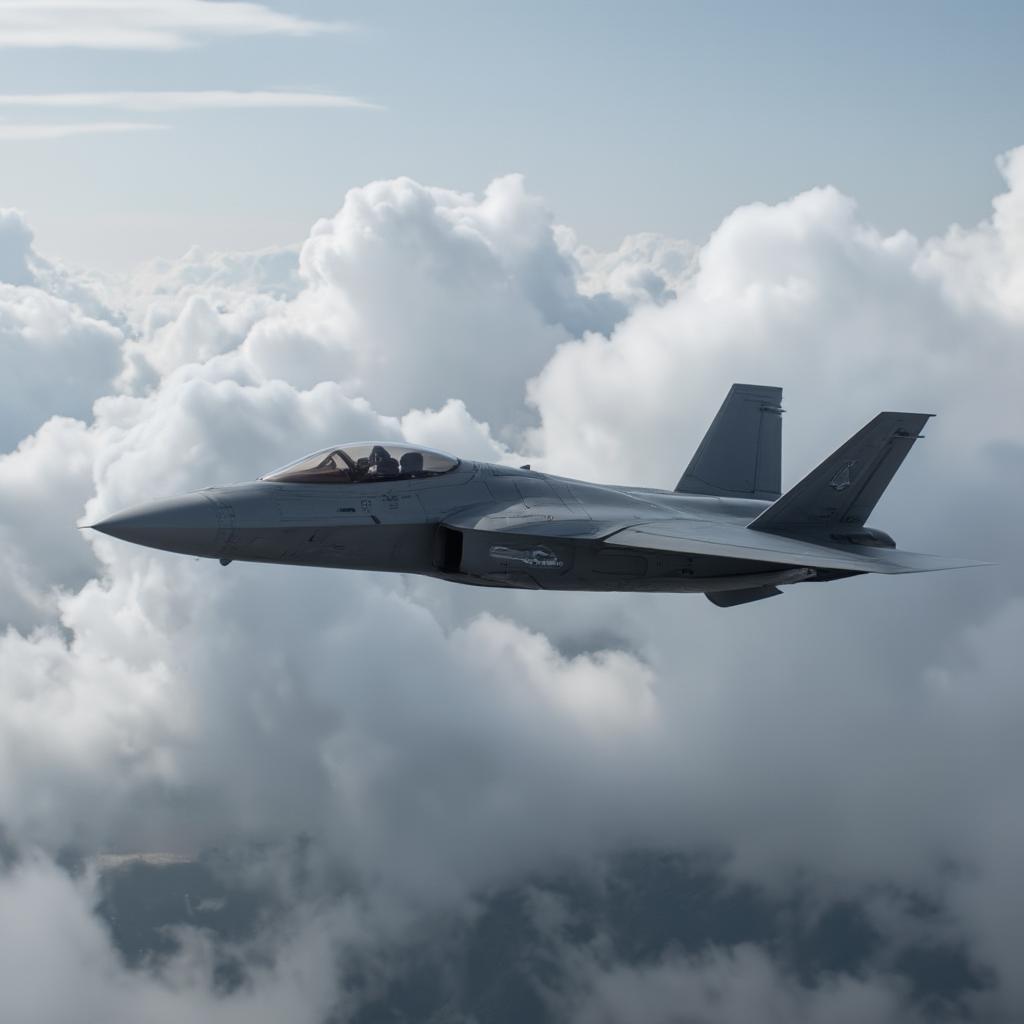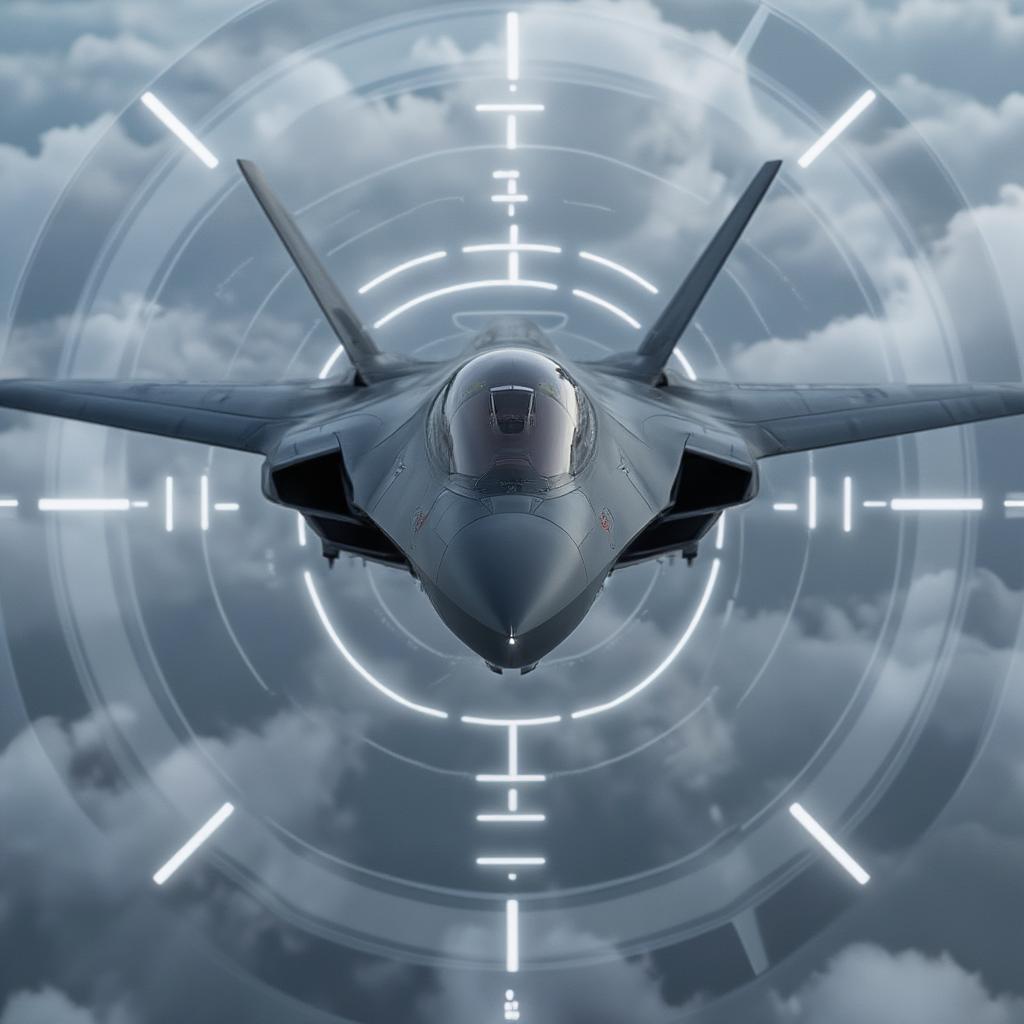Unveiling the Legends: P-51 Mustang Names and Their Storied History
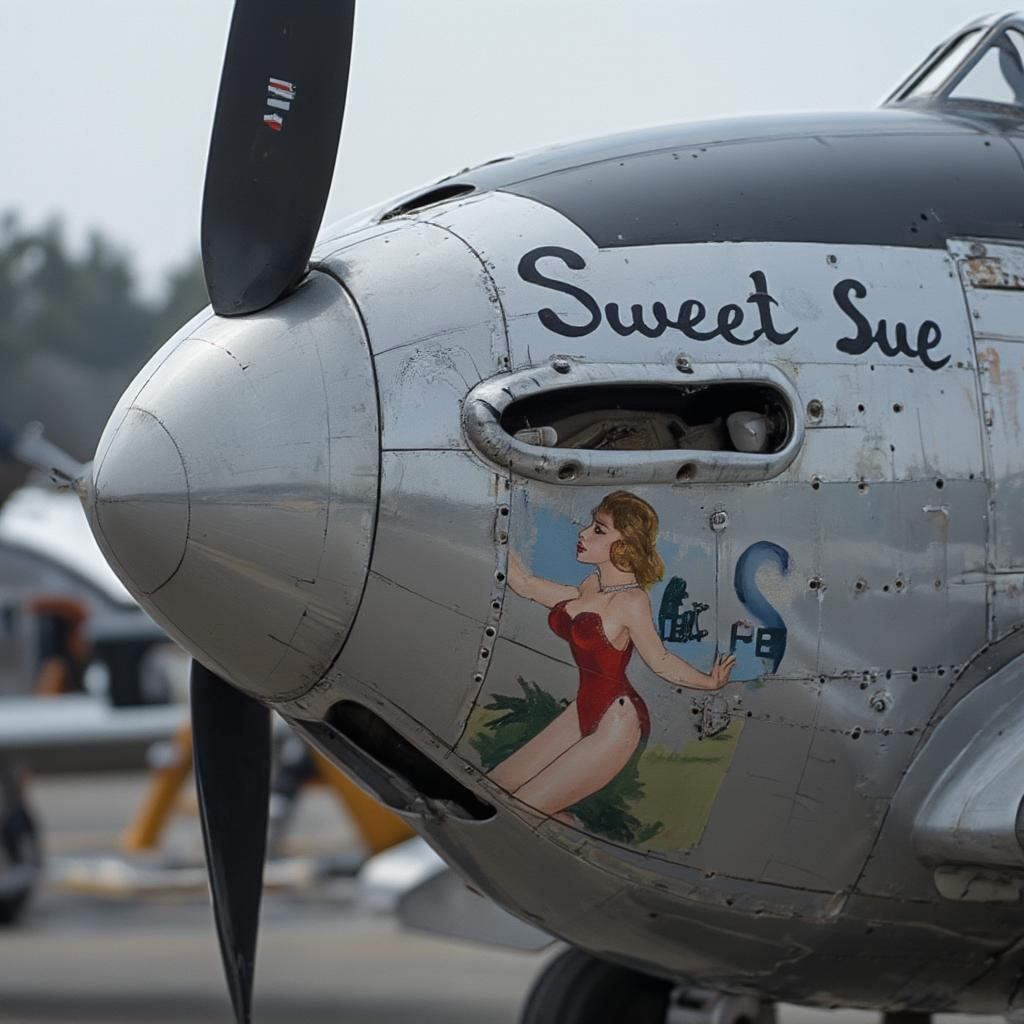
The North American P-51 Mustang, a name synonymous with air superiority and wartime resilience, holds a special place in aviation history. But beyond its iconic silhouette, many are curious about the individual aircraft, their unique identities, and the stories behind the names they carried. This article delves into the captivating world of P-51 Mustang names, exploring their origins, significance, and the lasting impact they have on our understanding of this legendary fighter.
What’s in a Name? The Significance of P-51 Mustang Monikers
During World War II, the practice of naming aircraft, particularly fighters, became widespread. These names weren’t just random labels; they were often deeply personal expressions of identity, patriotism, and the bond between crew and machine. For P-51 Mustang pilots, their chosen name for their aircraft served as a source of pride, a rallying cry, and even a lucky charm. These names also provided a crucial psychological lift. With high risks involved, a named aircraft helped to personalize the machine and give the pilot a stronger sense of identity and control. Much like military jet names today, this personalized touch makes each airframe a unique piece of history, resonating with the stories and aspirations of those who flew them.
The Psychology Behind Personalizing Aircraft
Why did pilots go to the trouble of naming their aircraft? It wasn’t just about marking them; it was a vital way to connect with their machines. Imagine climbing into the cockpit knowing that you were flying “The Grim Reaper” or “Miss America.” These names evoked specific images and feelings, boosting the morale of the pilot and their crew. This psychology is not dissimilar to how some military jet names are chosen today, reflecting the pride and identity of their squadrons.
- Boosting Morale: Names helped create a sense of camaraderie and purpose among aircrews.
- Personal Connection: It fostered a deeper bond between the pilot and their aircraft.
- Fear Factor: Some names were designed to instill fear in the enemy.
P-51 Mustang Names: A Glimpse into Wartime Culture
The P-51 Mustang’s naming tradition offers a fascinating lens through which to examine the culture of the time. Names ranged from the humorous to the poignant, reflecting the varied backgrounds and experiences of the pilots who flew them. Popular themes included names of loved ones, hometowns, and even the aircraft’s perceived personality.
Popular Naming Conventions
A wide variety of naming styles emerged:
- Names of Loved Ones: Sweetheart names like “Betty Jane” and “Shirley Mae” were common, often painted on the nose alongside a pin-up illustration.
- Patriotic Names: Names like “Yankee Doodle Dandy” or “Spirit of ’76” expressed patriotism.
- Intimidating Names: Names like “Satan’s Angel” or “Flying Fury” were intended to intimidate opponents.
- Personal Names: Pilots would often choose names they liked or that were special to them, such as a family name or nickname.
“The act of naming a warbird goes beyond simple identification; it’s a ritual that imbues the machine with a soul,” states Dr. Alistair Finch, a historian specializing in wartime aviation. “These names offer a powerful insight into the mindset of those who flew these magnificent aircraft.”

The Artists Behind the Names
The artwork accompanying many of these names often deserves recognition. Talented ground crews and even some pilots themselves created incredible nose art, adding another layer of personalization to the P-51 Mustangs. This artistry ranged from simple lettering to complex illustrations, contributing significantly to the aircraft’s unique identities. The craftsmanship was not uniform, as some squadrons chose specific styles, such as the use of pin-up artwork from popular magazines, while others allowed for much more personalized expressions. Much like the iconic markings on modern military jet names, this artistic expression created a bond between the pilot and his crew.
Famous P-51 Mustang Names and Their Legacy
Some P-51 Mustang names have become legendary, forever associated with famous pilots and their wartime exploits. These names are more than mere identifiers; they are integral parts of the rich tapestry of World War II history. The stories behind these iconic aircraft continue to captivate and inspire.
“Old Crow”
Flown by the legendary Clarence “Bud” Anderson, “Old Crow” is perhaps one of the most famous P-51 Mustangs. The name was inspired by the Old Crow bourbon whiskey, a favorite of Anderson.
“Glamorous Glen III”
Chuck Yeager’s P-51 Mustang, named after his wife, Glenis, is another iconic warbird. Yeager flew this plane extensively during World War II, earning himself an ace title during the conflict.
“The Hun Hunter”
This P-51 was made famous by pilot Lt. Col. Robert Goebel. He used this plane to down several German enemy aircraft. The plane itself featured a distinctive paint job, enhancing its intimidation factor in combat.
Other Notable Names
Many other Mustangs bore names that have echoed through history. Each name tells a story:
- “Frenesi”
- “Nooky Booky IV”
- “Passion Wagon”
- “Miss Frankie”
“These names have not only become synonymous with air power but also with the courage and dedication of the pilots who flew them,” states retired General Evelyn Reed, a renowned military historian. “They serve as a powerful reminder of the human element in warfare.”
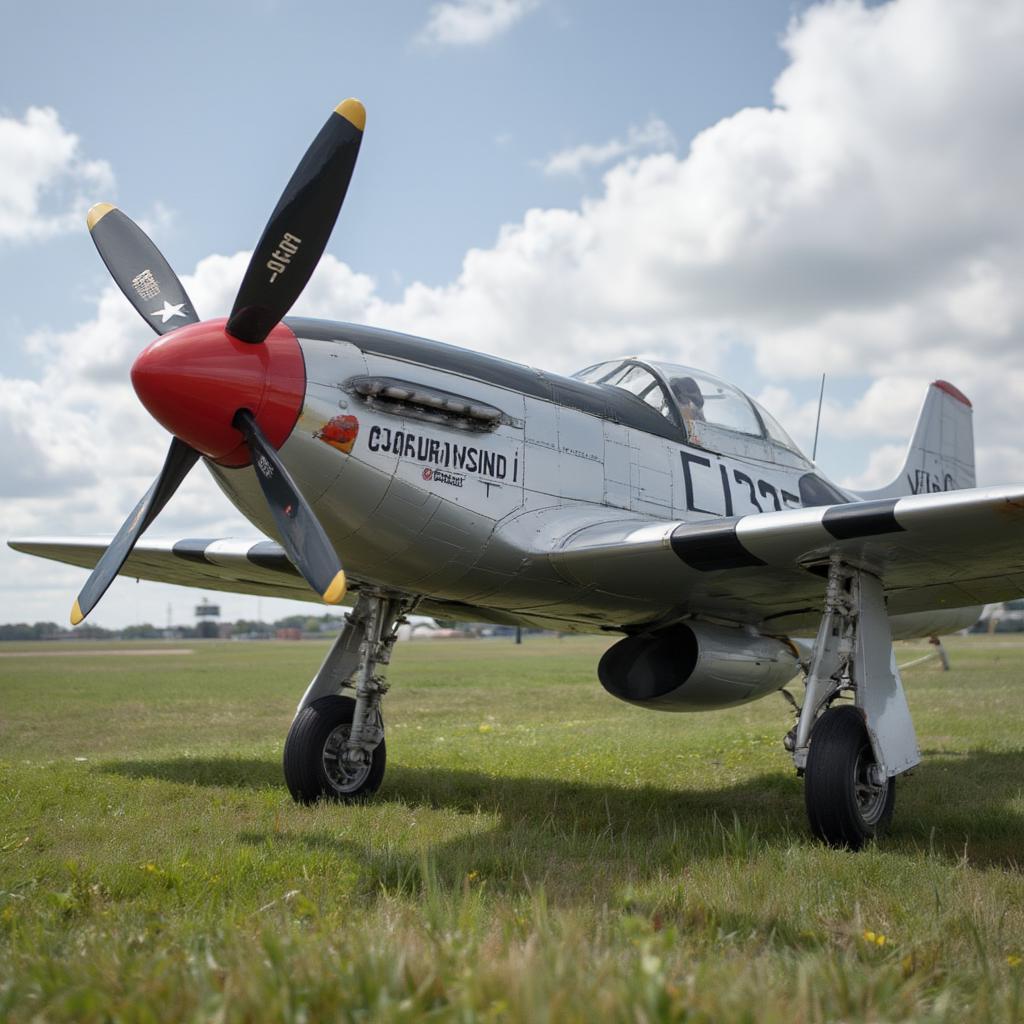
How to Research the Names of P-51 Mustangs
For those interested in delving deeper into the history of individual P-51 Mustangs, several resources are available. Online databases, historical archives, and museums hold valuable information about the aircraft, including their names and the pilots who flew them. This research often provides a window into the daily lives and struggles of these air warriors.
Resources for Research
Here’s how to get started:
- Online Databases: Websites such as the American Air Museum and the National Museum of the U.S. Air Force often have databases of aircraft, including the P-51 Mustang.
- Historical Archives: Local and national archives frequently hold original documents, including pilot logs and wartime records that might contain aircraft names.
- Museums: Aviation museums around the world display P-51 Mustangs and often provide information about the aircraft on exhibit.
- Books and Documentaries: There are countless books and documentaries covering the P-51 and its pilots. These resources often mention some of the famous names associated with the aircraft.
- Internet Forums and Communities: Online communities dedicated to military aviation provide a platform for researchers and enthusiasts alike. These forums often discuss specific aircraft histories and pilot information in-depth.
Tips for Effective Research
- Be Specific: When searching online, use specific keywords such as the aircraft’s serial number, the pilot’s name, or squadron.
- Verify Information: Confirm information from multiple sources to ensure accuracy.
- Be Patient: Research can take time. Be prepared to follow leads and dig deep.
The Enduring Legacy of P-51 Mustang Names
The names given to P-51 Mustangs during World War II continue to resonate today. These names are not only part of the history of the aircraft but are a testament to the human spirit, the personal connections forged during wartime, and the lasting impact of the brave men and women who flew them. Understanding the stories behind the names adds a new layer of appreciation for these iconic machines, reminding us of the courage, sacrifice, and ingenuity of those involved. Much like the rich history of other military jet names, the personalized touch added by pilots and ground crews ensures that these legendary warbirds will never be forgotten.
“The legacy of these P-51 Mustangs is not just in their engineering and combat prowess, but in the personal stories that each aircraft carries,” explains Air Force historian, Major Thomas Grant. “Their names represent the human factor, a poignant reminder of the individuals behind the machine.”
The stories behind these names serve as a vital part of the P-51 Mustang’s legacy. The aircraft, with all its might, was made more personable by the names they received. It wasn’t just about fighting wars; it was about forging a bond between man and machine, a relationship that endured long after the guns fell silent. The names of these planes help keep that human element alive.
Conclusion
The P-51 Mustang is more than just a legendary aircraft; it is a symbol of the indomitable spirit of the individuals who designed, built, and flew them. The names these aircraft carried are integral to this story, adding a personal touch that makes them even more memorable. Exploring the world of P-51 Mustang names offers valuable insights into a critical period in history, connecting us to the brave men and women who shaped it. They continue to inspire generations and remind us of the significance of innovation, courage, and the human element in warfare.
Frequently Asked Questions (FAQs)
-
Why did pilots name their planes?
Pilots named their planes for various reasons, such as boosting morale, creating a sense of connection with the aircraft, and instilling fear in the enemy. It was a personal expression that made each aircraft unique. -
What were some common themes in P-51 Mustang names?
Common themes included names of loved ones, patriotic sentiments, intimidating monikers, and personal nicknames. These names reflected the diverse backgrounds and experiences of the pilots. -
What is “Old Crow” and why is it significant?
“Old Crow” was the name of Clarence “Bud” Anderson’s P-51 Mustang, inspired by a brand of bourbon. It is one of the most famous P-51 names due to Anderson’s legendary status. -
Where can I find information about a specific P-51 Mustang name?
You can find information through online databases like the American Air Museum, historical archives, museums, books, documentaries, and online forums. -
How did the artwork on P-51 Mustangs contribute to their identity?
The artwork, often created by ground crews, added another layer of personalization and visual distinction. It ranged from simple lettering to complex illustrations, making each aircraft truly unique. -
What is the legacy of P-51 Mustang names?
The names are an enduring testament to the human spirit, the connection between man and machine, and the lasting impact of the brave men and women who flew these aircraft. These names continue to inspire generations and make these historic warbirds even more memorable. -
Were there naming rules or guidelines for P-51s?
There were no strict rules, but some squadrons encouraged naming conventions. Generally, pilots had significant freedom to choose names and accompanying artwork. -
Did any female pilots have their names on P-51 Mustangs?
While P-51s were predominantly flown by male pilots, there were instances of female personnel being honored with aircraft names. For example, “Glamorous Glen” was named after the wife of Chuck Yeager. -
Did the names have any influence on combat performance?
While names didn’t directly impact aircraft performance, they played a significant role in boosting pilot morale and giving them a stronger sense of identity and confidence.

